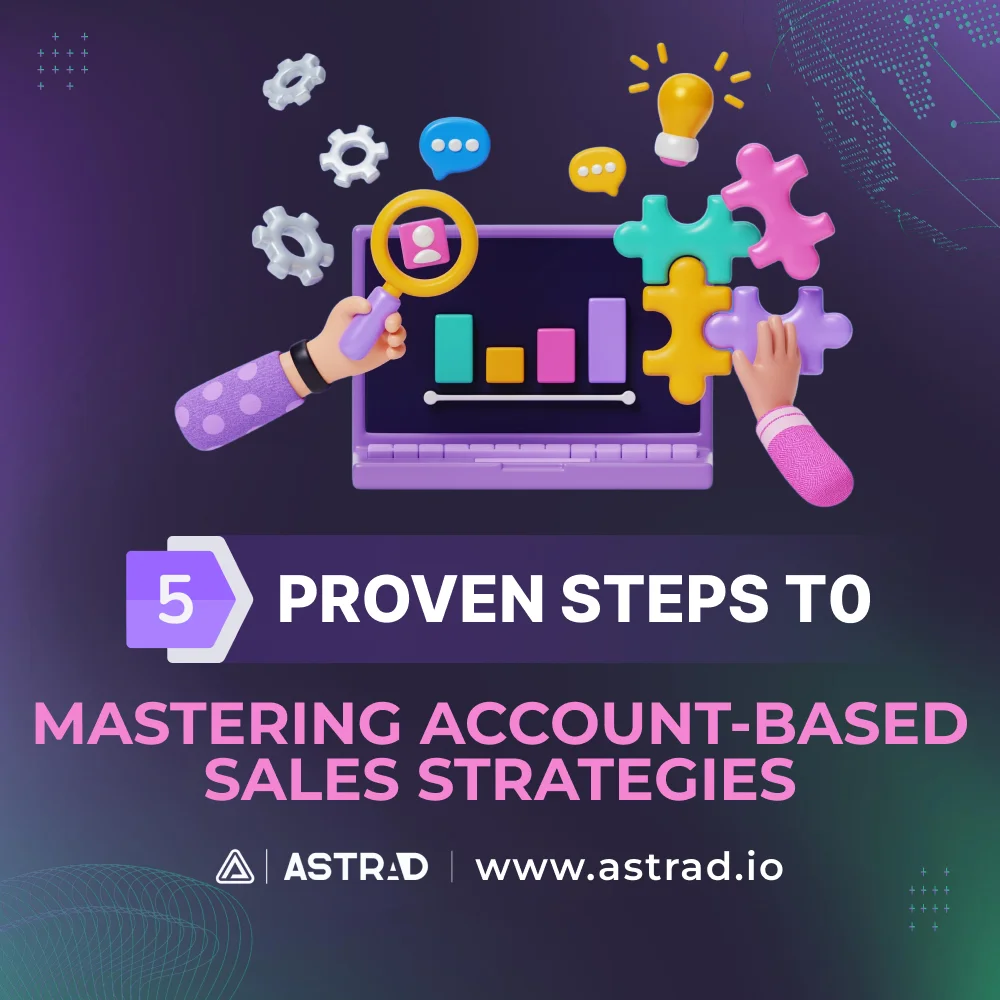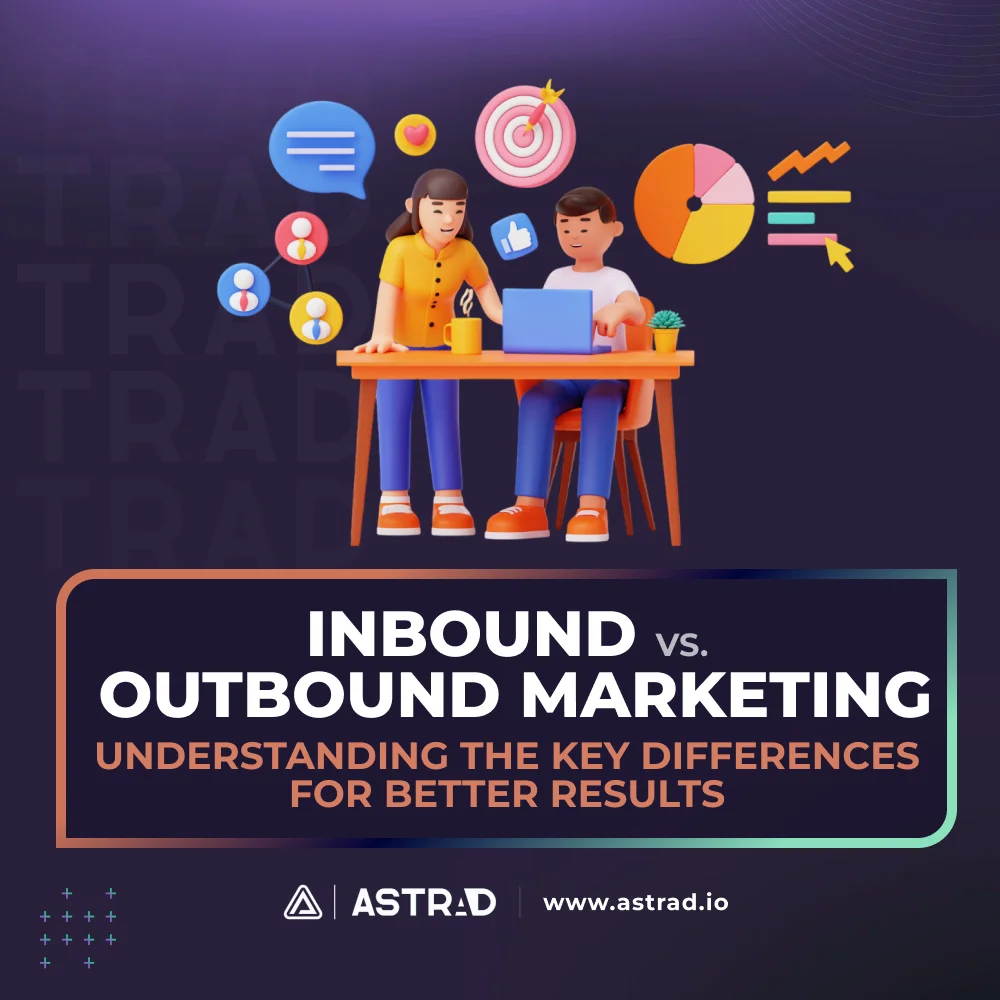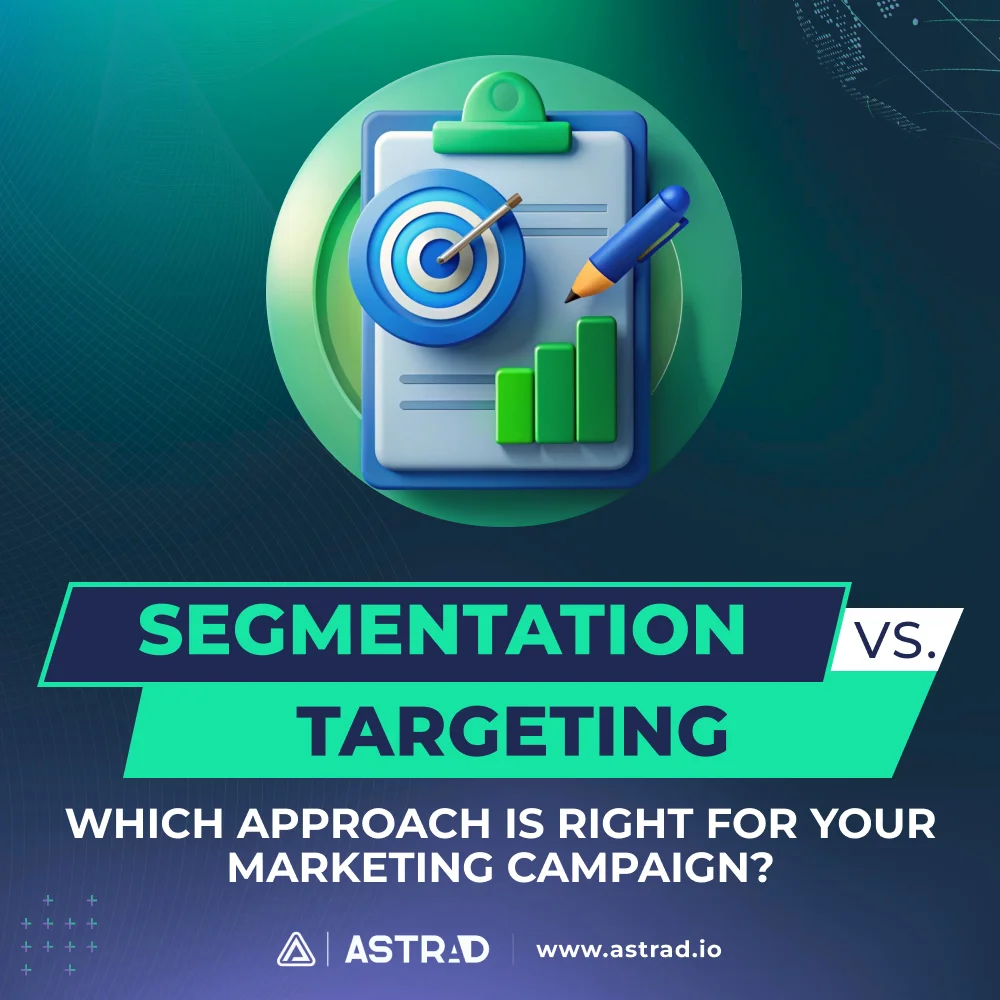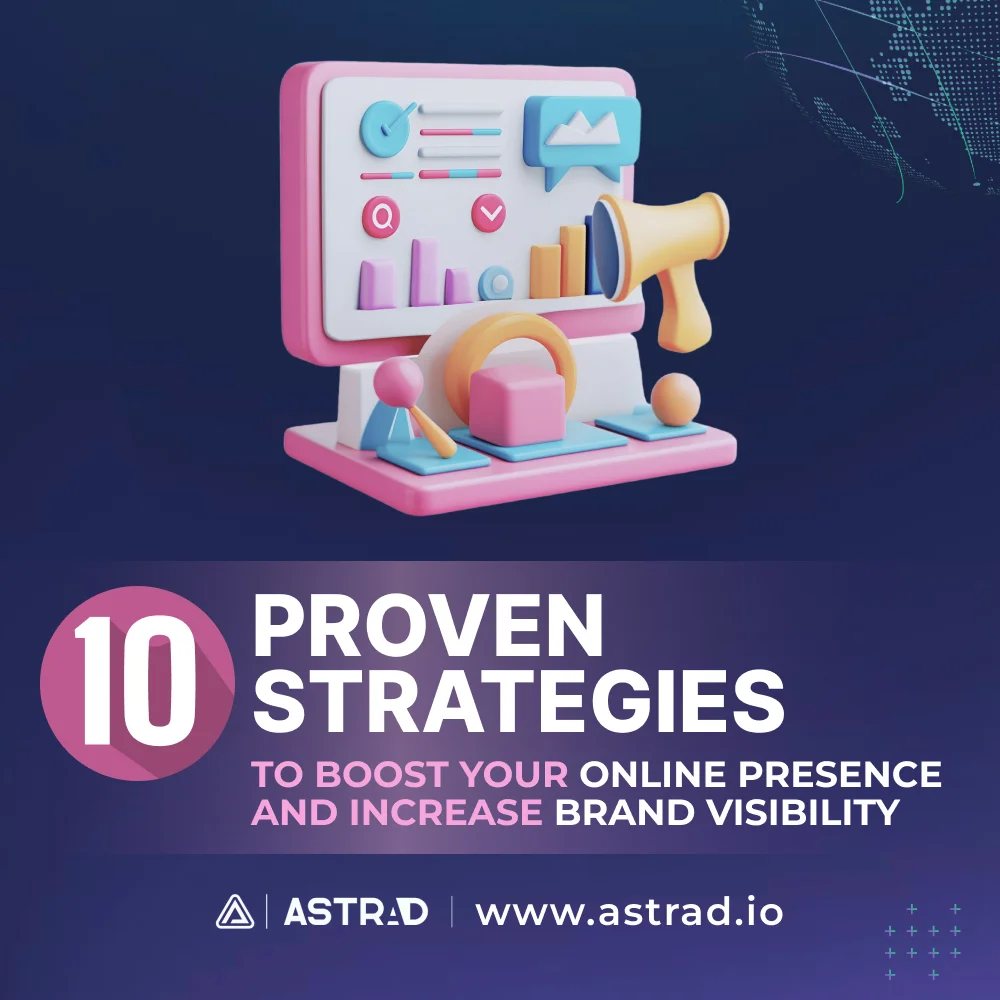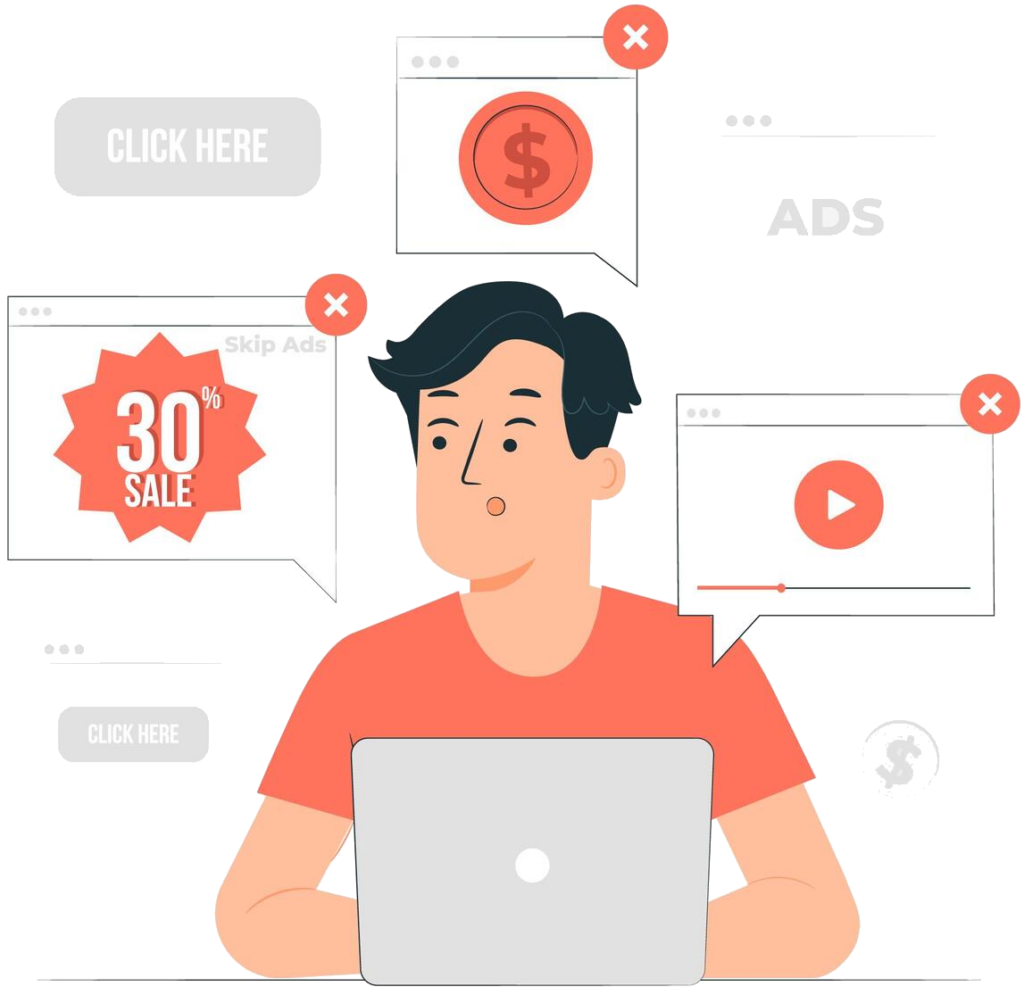In 2011, IBM made a massive, bold, and, to some, a radical shift in its B2B sales stately. Faced with a Squid Game-like market and shrinking margins, the tech giant didn’t just double down on casting wider nets — it zoomed in. It stopped its shotgun approach to marketing and went all in with sniper fire. Instead of going after every prospect, IBM developed an M82 precision strategy that fixed its crosshairs on an Account-Based Sales (ABS) perspective — one that targeted high-value accounts with personalized solutions.
The result? Deals worth millions and a sales model that’s still studied in business schools today. Now we’re entering 2025, and account-based sales aren’t just a clever strategy for Fortune 500 companies, it’s the go-to playbook for B2B teams everywhere. If you’re tired of chasing leads that fizzle out or spending hours on pitches that don’t convert, it’s time to lean into ABS. It is the artisanal approach to sales—handcrafted, bespoke, and laser-focused. Let’s dive into the why, what, and how of mastering this game-changing strategy.
What is Account-Based Sales?
A small niche YouTube channel – with only 5k followers – a couple of years ago was one of the biggest profit giants on that platform. How did it manage it? Well, it switched gears, and instead of cracking its head looking for views, it started hunting down those that matter. The channel promoted vehicle revamps and refurbishes — so it started fixating on premium vehicles, Ferraris, Mercedes, BMW, etc. Started churning their channel to target high-end users that could buy those cars.
Once they had a steady, loyal fan base, they reached out to premium sellers and car manufacturers and whatnots and offered them the ability to link up to these viewers through them. They created affiliate marketing programs they started selling sponsorship agreements, etc. In less than a year, they were breaking the bank. Why? Because they facilitated expensive businesses to hook up with clients that could afford them. Keep that in mind.
Account-Based Sales (ABS) is the antithesis of spray-and-pray. Rather than targeting the masses, ABS focuses on building tailored strategies for high-value accounts—those clients who, if landed, can make your quarter or even your year.
The DNA of ABS
- Collaboration with Marketing: ABS integrates seamlessly with Account-Based Marketing (ABM), aligning sales and marketing teams to craft a unified message.
- Personalization: Forget templates—this is about customizing your pitch to the individual client.
- Data-Driven Targeting: ABS uses data (think CRM tools, predictive analytics, and customer insights) to identify and prioritize high-value accounts.
Why ABS Works Better Than Traditional Sales
- Efficiency in Resource Allocation: Instead of spreading your efforts thin, you double down on the accounts that matter most.
- Higher ROI: According to a study by ITSMA, 87% of marketers report that ABM (and by extension, ABS) delivers better ROI than other marketing strategies.
- Stronger Sales-Marketing Alignment: ABS thrives on cross-team collaboration, breaking down silos that traditionally hinder performance.
5 Proven Steps to Mastering Account-Based Sales
ABS is the chess of sales strategies, and these five steps are your opening moves, mid-game tactics, and endgame plays all rolled into one.
1. Identifying and Prioritizing Target Accounts
ABS starts with the who. Your success hinges on choosing the right accounts to pursue.
Steps for target selection:
- Set Criteria for High-Value Accounts: Think about revenue potential, strategic fit, or alignment with your company’s goals.
- Build an Ideal Customer Profile (ICP): What does your dream client look like? Include factors like industry, company size, and key challenges.
- Leverage Predictive Analytics Tools: Platforms like Salesforce Einstein or HubSpot can help analyze historical data and predict which accounts are most likely to convert.
Let’s say you’re a SaaS company offering HR software. Instead of targeting every company with an HR department, you might narrow your focus to mid-sized firms in the tech sector struggling with retention. Precision beats volume every time.
2. Aligning Sales and Marketing Teams
Without alignment, ABS simply doesn’t work — it falls apart faster than a poorly built IKEA table. Sales and marketing have to operate as a single unit, sharing insights and working toward the same KPIs.
You can’t have one hand not knowing what the other is doing — you have to roll them together and get them talking. A client that decided to spearhead an ABS-focused overhaul went and did something radical – that in the long haul played out – he sold off his offices and bought an open plan one. And what did he do? He created a bullpen – one large room – and stuck marketing and sales in it. Nothing divided them, and this physical shift forced them to collaborate daily.
How to align your teams:
- Break Down Silos: Use collaborative tools like Slack or Asana to ensure constant communication.
- Share Data and Insights: Marketing owns top-of-funnel intel (like engagement metrics), while sales provide bottom-of-funnel feedback. Sharing these insights creates a full-funnel strategy.
- Set Joint KPIs: Success in ABS requires shared accountability. For example, track metrics like account engagement rates, meeting set rates, or account-level revenue growth.
Run weekly “war room” meetings to brainstorm, align efforts, and refine strategies for high-priority accounts.
3. Developing Personalized Outreach Plans
This is where ABS separates itself from traditional sales. Generic email templates and canned pitches won’t cut it. Personalization is your not-so-secret weapon.
Key tactics for personalized outreach:
- Craft Tailored Messaging: Speak to the client’s pain points. If a fintech company is struggling with compliance, your pitch should focus on how your solution simplifies regulatory processes.
- Leverage Content Marketing: Use blog posts, case studies, or whitepapers that are hyper-relevant to your target account’s industry or challenge.
- Create Customized Sales Presentations: Swap out the generic PowerPoint for a bespoke pitch deck that addresses their specific needs.
4. Engaging Through Multi-Channel Outreach
Are you still using cold calls or email campaigns? If you are, then you might want to switch mail providers and drop your Hotmail account — the 21st century is calling you to join it. ABS requires a multi-channel approach that keeps your messaging fresh and engaging.
Top channels for ABS outreach:
- Email: Still effective, but only when personalized. Use tools like Mailchimp or HubSpot to automate while maintaining a human touch.
- Social Media: Platforms like LinkedIn are goldmines for connecting with decision-makers. Engage with their posts, share relevant articles, or drop them a thoughtful DM.
- Direct Mail: Yes, it’s old-school, but a well-timed, personalized package can cut through the digital noise.
- Events: From webinars to in-person conferences, events offer a chance to build rapport in real-time.
5. Measuring Success and Optimizing the Strategy
ABS is the Buddhist principle of “cherish the journey, not the destination” with a bit of nihilism included “cause you’ll never reach the destination”. You’ll need to constantly monitor your campaigns, measure success, and tweak your approach based on what’s working (and what’s not).
Metrics to track:
- Engagement Rates: Are your target accounts responding to your outreach?
- Pipeline Velocity: How quickly are deals moving through your funnel?
- Revenue Per Account: Are your high-value accounts delivering the expected ROI?
Don’t forget to collect qualitative feedback from your team. What objections are prospects raising? Where are deals stalling? Use this intel to refine your strategy.
ABS in Action: A Success Story
Let’s take a page out of Salesforce’s playbook. When the CRM behemoth wanted to win over a high-value retail client in the UK, they didn’t rely on a cookie-cutter pitch. Instead, their sales and marketing teams collaborated to create a personalized strategy, including tailored webinars, custom demo environments, and direct engagement with decision-makers on LinkedIn.
The result? Not only did they close the deal, but they also built a long-term partnership that led to upselling opportunities worth millions.
From Strategy to Mastery: Elevate Your Sales Game
Mastering account-based sales strategies isn’t about reinventing the wheel — it’s about fine-tuning it and giving it an overhaul. Marketing, and all it has, has been more or less invented years ago, now we’re just perfecting it. With ABS, you’re cultivating partnerships with high-value accounts that can transform your business — with those Moby Dicks that will make you famous. It’s about selling smarter.

